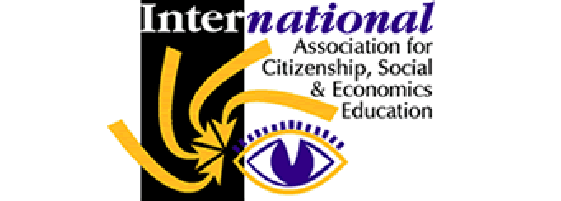Abstract
Mexican secondary and high school curricula do not include any economic or financial education. Furthermore, Mexico's actual banking infrastructure is not widely spread around all of the country, and several towns and villages still do not have banks. Hence it becomes difficult for adolescents to understand these institutions, which are important in the socio-economic organization of societies. In order to provide research data about levels of comprehension among adolescents of these topics, so that it can eventually be considered by Mexican authorities that produce school curricula, it was decided to develop a pilot study with a sample of 25 adolescents between 12 and 16 years of age from a middle-class socio-economic context, who were individually interviewed about bank functioning, interest rates and the difference between credit and debit cards. Subjects were tested individually in their schools by the researchers and the interviews lasted approximately 25 minutes. All interviews were audio taped and later transcribed. Results show that the majority of subjects understand interest rates on loans but cannot relate them to interest rates on deposits. They also confuse credit and debit cards. Data are discussed in terms of levels of comprehension and possible application to school curricula.


